English
繁體中文
简体中文

Don’t mistakenly regard this tiny wriggler as a blood worm – it is a revolutionary microrobot, crafted from a patient’s own blood cells and finer than a human hair, designed to navigate through the brain’s complex neural labyrinth with astonishing precision. Far from a sci-fi creature, CUHK’s innovative microrobots don’t just move – they slither, swim and crawl under magnetic control, hunting down cancer cells like guided missiles. Remotely steered by external magnetic fields, they deliver targeted therapy to brain tumours once considered untreatable, offering new hope where conventional methods fall short.
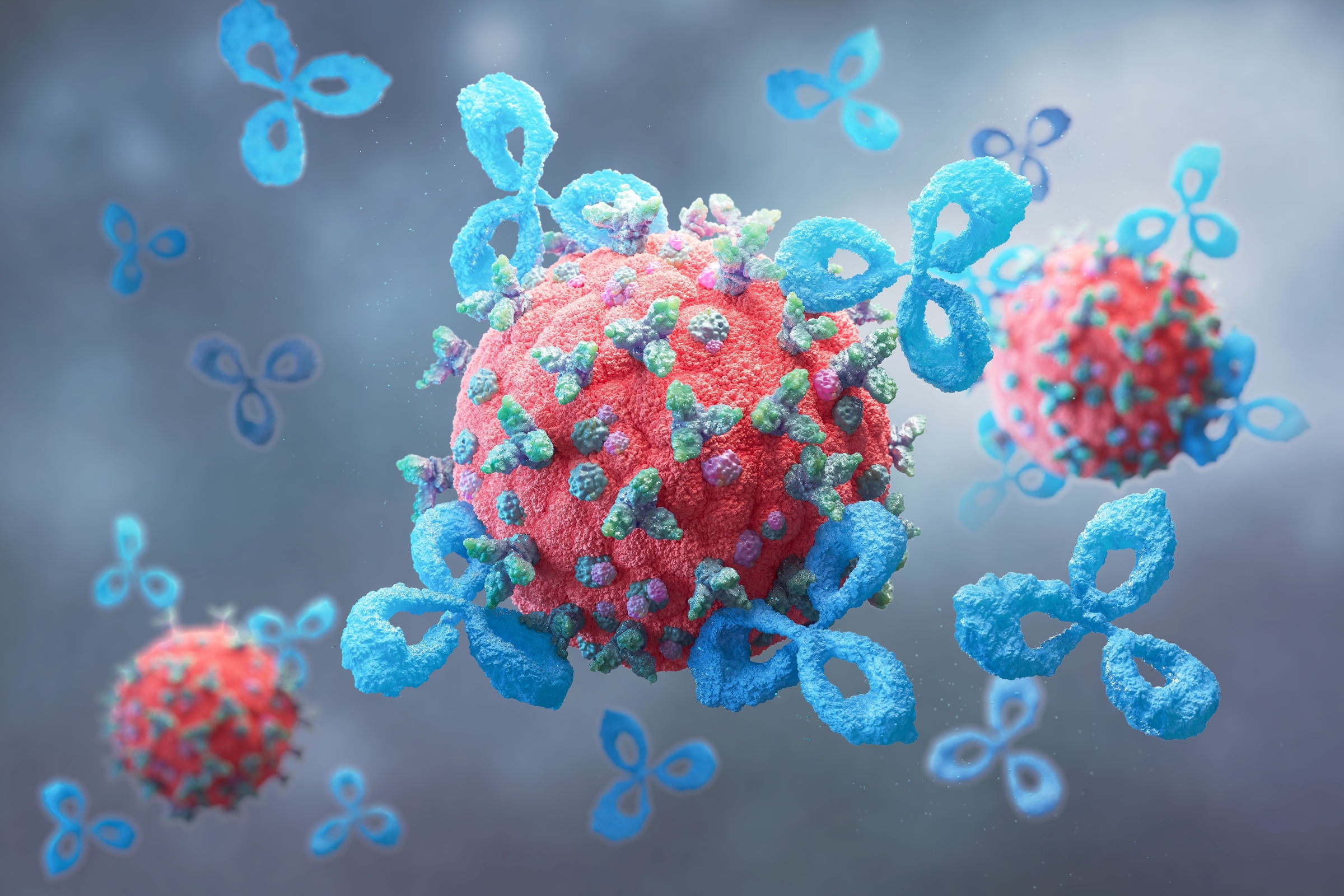
Picture a swarm of microscopic warriors – virus-like nanofibres – storming a breast tumour like a fortress, armed with oxygen and laser precision. Developed by a brilliant team at CUHK, these nanofibres can find breast tumours, produce oxygen, and help destroy cancer with light. In mouse studies, they made tumours shrink quickly, even in areas where current treatments often fail. This breakthrough could defy the limit of traditional therapies and spark a wildfire of hope for more targeted, less harmful cancer therapies.
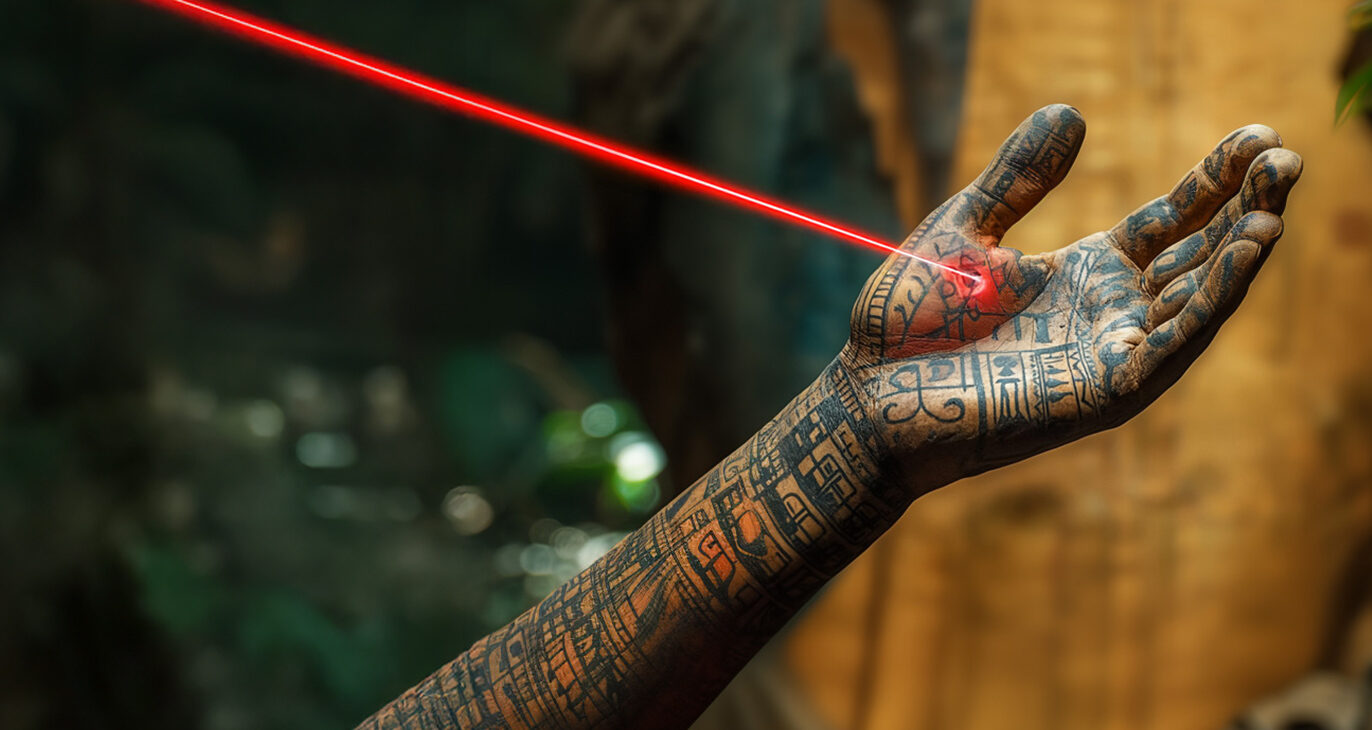
An ancient society, by some measures, may have been more advanced in tattooing than we are today. A recent CUHK-led study has revealed incredibly intricate tattoos, with details as fine as 0.1-0.2 mm, on 1,200-year-old mummified remains from Peru’s Chancay culture. Using laser-stimulated fluorescence technology – a technique originally developed to study dinosaur fossils – the research illuminates the artistic sophistication of this ancient civilisation.
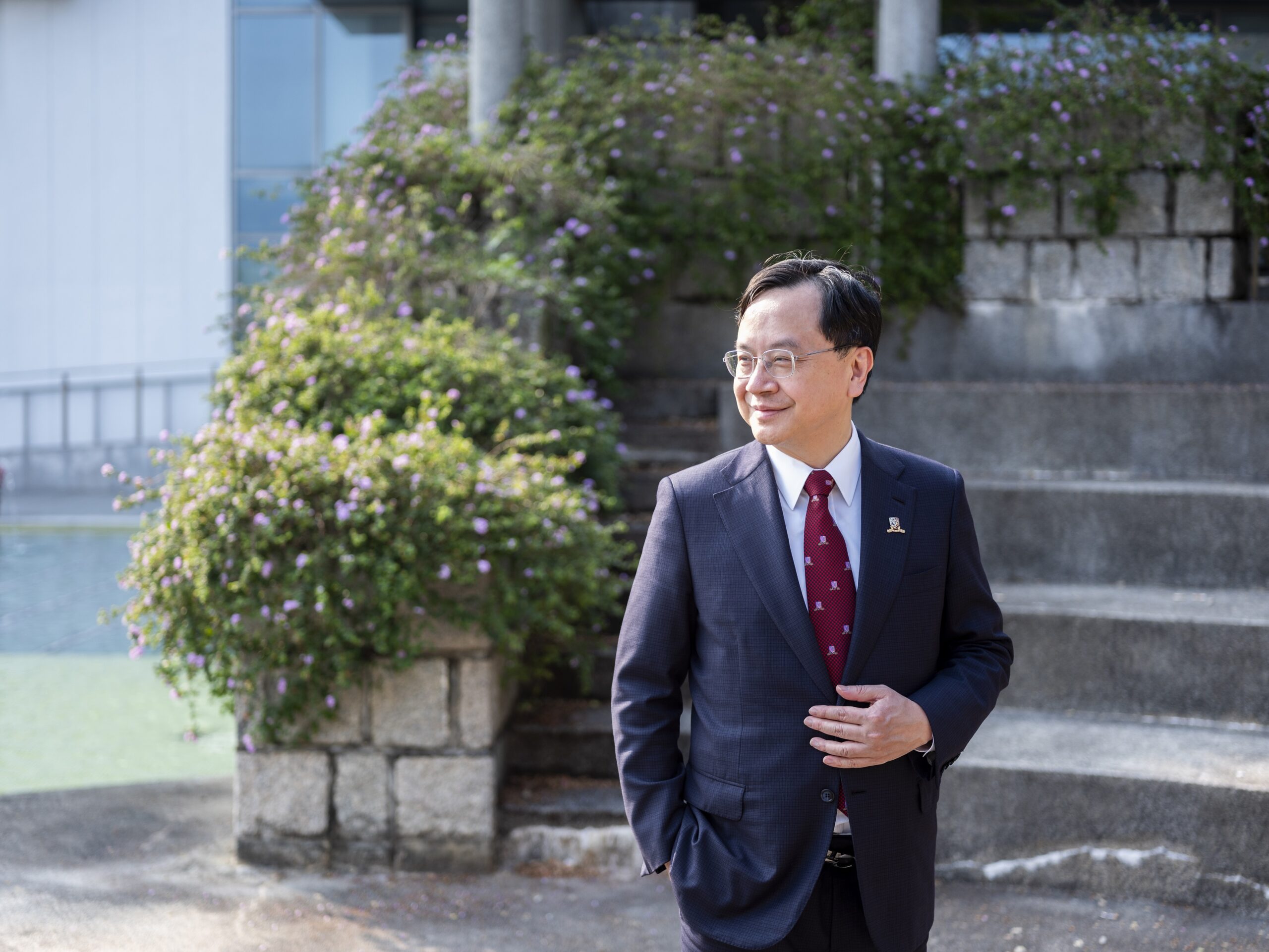
Movie and noodles may seem unlikely sources of inspiration for a world-renowned scientist, but for Professor Dennis Lo Yuk-ming, the new Vice-Chancellor and President of The Chinese University of Hong Kong (CUHK), these small things are the catalysts that inspire him to create great inventions, leading to his groundbreaking work in non-invasive prenatal testing. In recent years, he has also applied this technology to early cancer diagnosis, changing the fate of countless individuals. His contributions have earned him numerous accolades, including becoming the first Hong Kong laureate of the Lasker-DeBakey Award.

Feeling down? Wondering if it is more than just a bad day? Imagine if technology could read your emotions and lend a helping hand. With shortage of psychiatrists challenging the global healthcare systems, it can be hard for depression sufferers to get diagnosed. CUHK researchers have harnessed the power of AI technology to develop two innovative tools that make diagnoses easier and earlier: by utilising a pioneering mobile app and looking into your eyes.
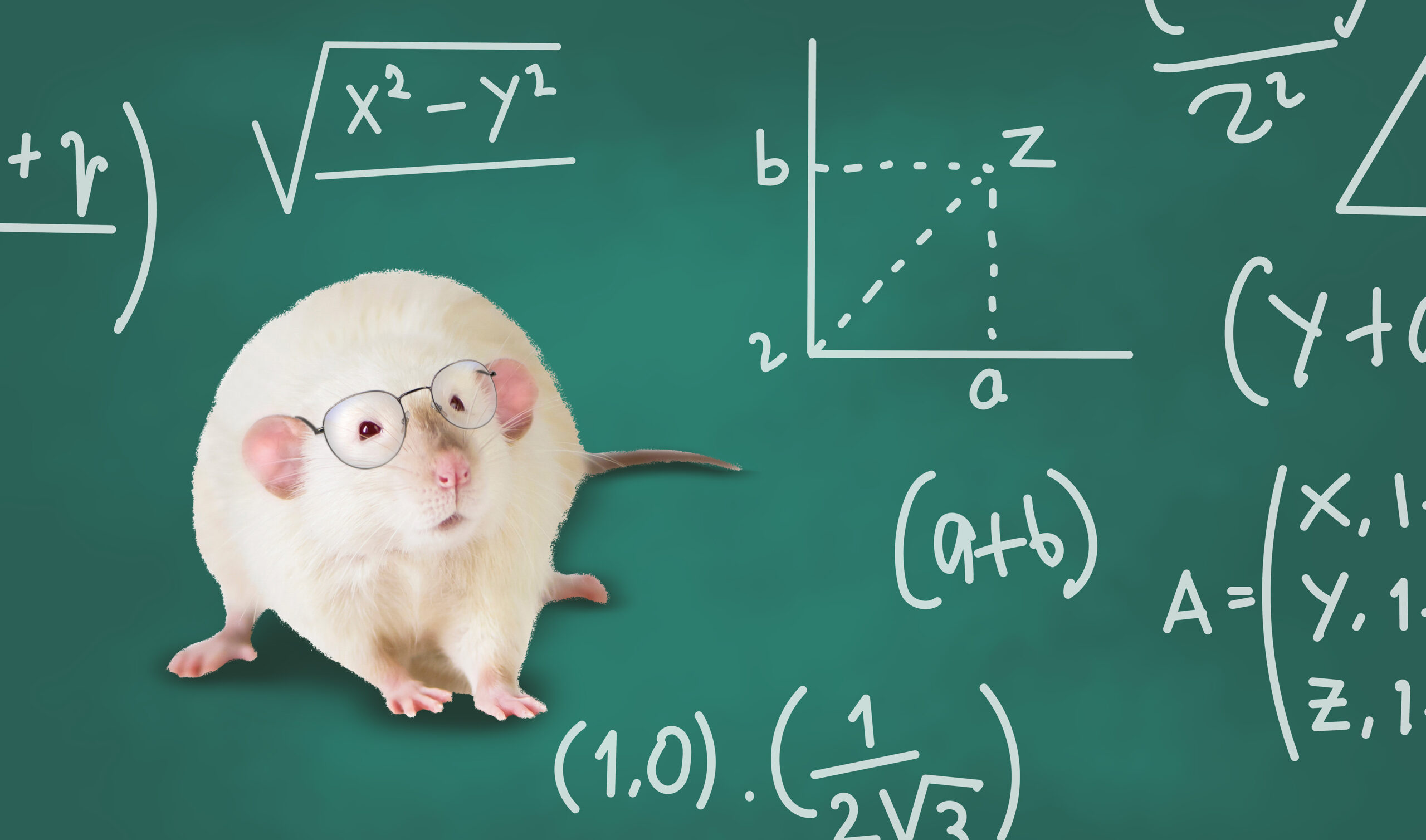
Rats with mathematical minds? Groundbreaking research led by neuroscientists from CUHK and CityUHK has confirmed that these furry friends possess a specific brain region dedicated to numerical processing and can be educated to distinguish among numbers, challenging the notion that maths is the sole preserve of humans. Explore the surprising cognitive abilities of these little rodents and the potential they create for novel interventions for human learning disabilities.

Imagine being trapped in a freezing body from head to toe, losing the ability to move, speak and even breathe. ALS, a mysterious condition that causes these symptoms, has long puzzled researchers. CUHK and University of Oxford researchers have discovered our bodies work like an intricate symphony orchestrated by our genetic instructions. A transcription factor called Yin Yang 1 (YY1) is playing the wrong notes, potentially leading to ALS.

Facial recognition and public Wi-Fi are becoming more widespread in our daily lives. But have you ever considered that hackers are waiting around every corner to steal your credentials for profit? Fortunately, there are dedicated teams working tirelessly to combat these illegal activities. Two research teams from CUHK are hitting back at hack attacks as they examine vulnerabilities in facial recognition software and the configuration of virtual private networks and Wi-Fi networks.
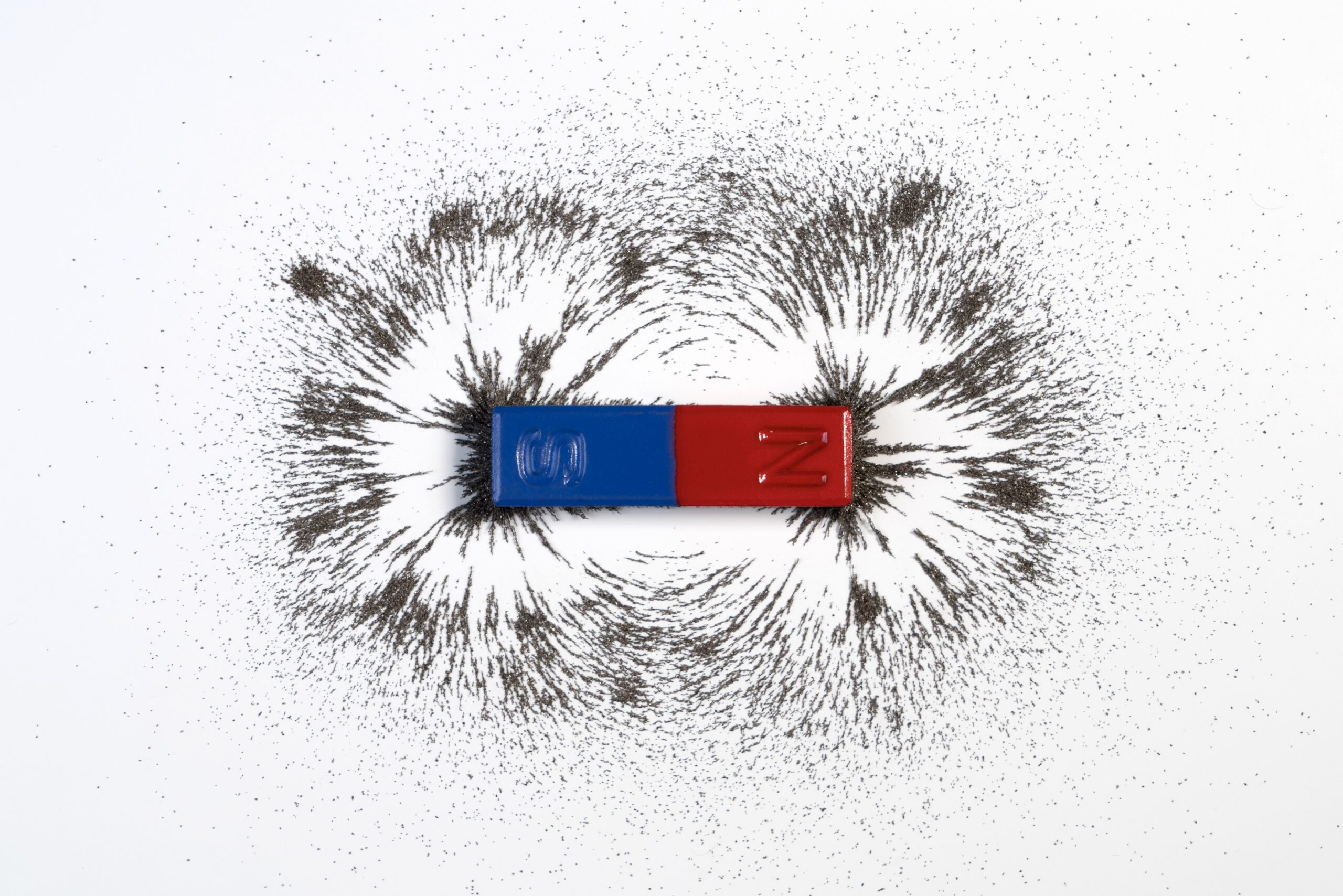
Biofilms, which can occur in various places in the human body, can cause a range of infections. Made of microbes encased in a matrix that makes them resistant to external threats, they are notoriously hard to shift, especially when they accumulate on the surface of medical implants. New devices called “magnetic hydrogel micromachines”, developed by a CUHK team, are formidable weapons to resist and overcome the biofilm menace. It can be controlled by magnets, to precisely target the biofilm for removal.
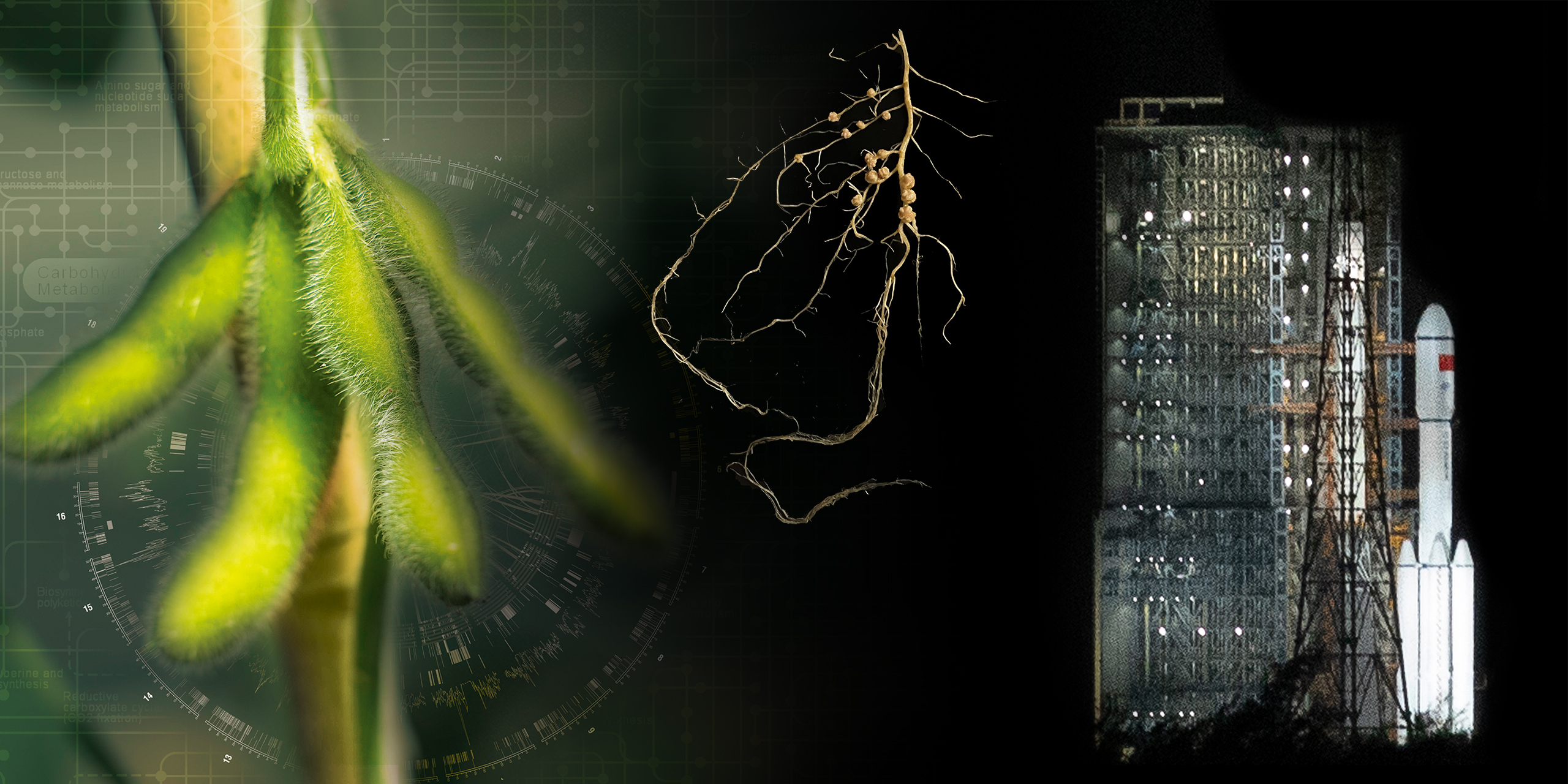
Minuscule seeds might sound like unusual candidates for space travel. But they were recently put aboard a spaceship and sent soaring into space. The unique environment of space can induce genetic mutations in seeds, some of which may benefit crop growth. In May, CUHK Professor Lam Hon-Ming sent specimens of rhizobia (bacteria that partner with soybeans to fix nitrogen) into space on the Tianzhou-6 cargo spacecraft followed by soybean cultivars on the Shenzhou-16 crewed spacecraft. This is the first Hong Kong agricultural research project launched into space, opening a new chapter for the integration of aerospace and agricultural technology.

It’s everyone’s worst nightmare: out of nowhere, a giant wave sweeps in from the sea, ending lives and destroying property with indiscriminate ferocity. While we can forecast bad weather, tsunamis triggered by giant submarine volcanic eruptions can devastate places and populations with very little warning. CUHK Professor Tan Yen Joe is trying to collect data that will allow scientists to better forecast the eruption of undersea volcanoes, potentially saving thousands of lives and sparing people untold misery.

Brightly coloured, fractally shaped and home to a plethora of sea life: everyone loves coral. However, from the effects of climate change, pollution, overfishing to an increasingly populated planet – corals are under threat. CUHK scholar Dr Apple Chui Pui-yi is collaborating with the WWF to fight back on their behalf, with a coral rescue team that’s helping coral to flourish.
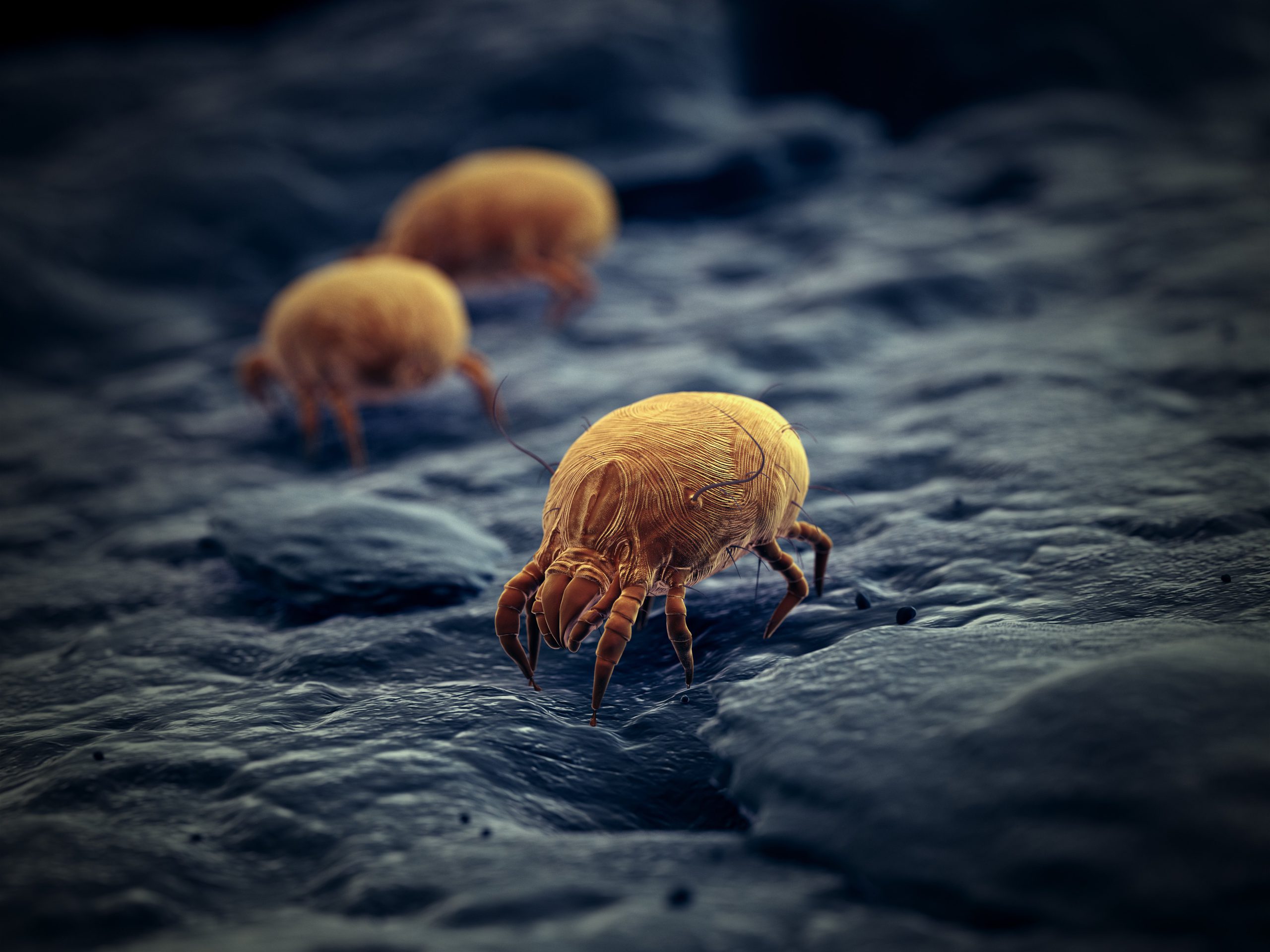
The bed you lie in, the food you eat - mites are everywhere. For people with mite allergy, they are devils causing itchy skins, shortness of breath, or even triggering severe diseases. Fortunately, a CUHK team has observed the unusual phenomenon on the evolution of astigmatic mites, laying the genomic groundwork for diagnosing and intervening in some dangerous human mite allergies.
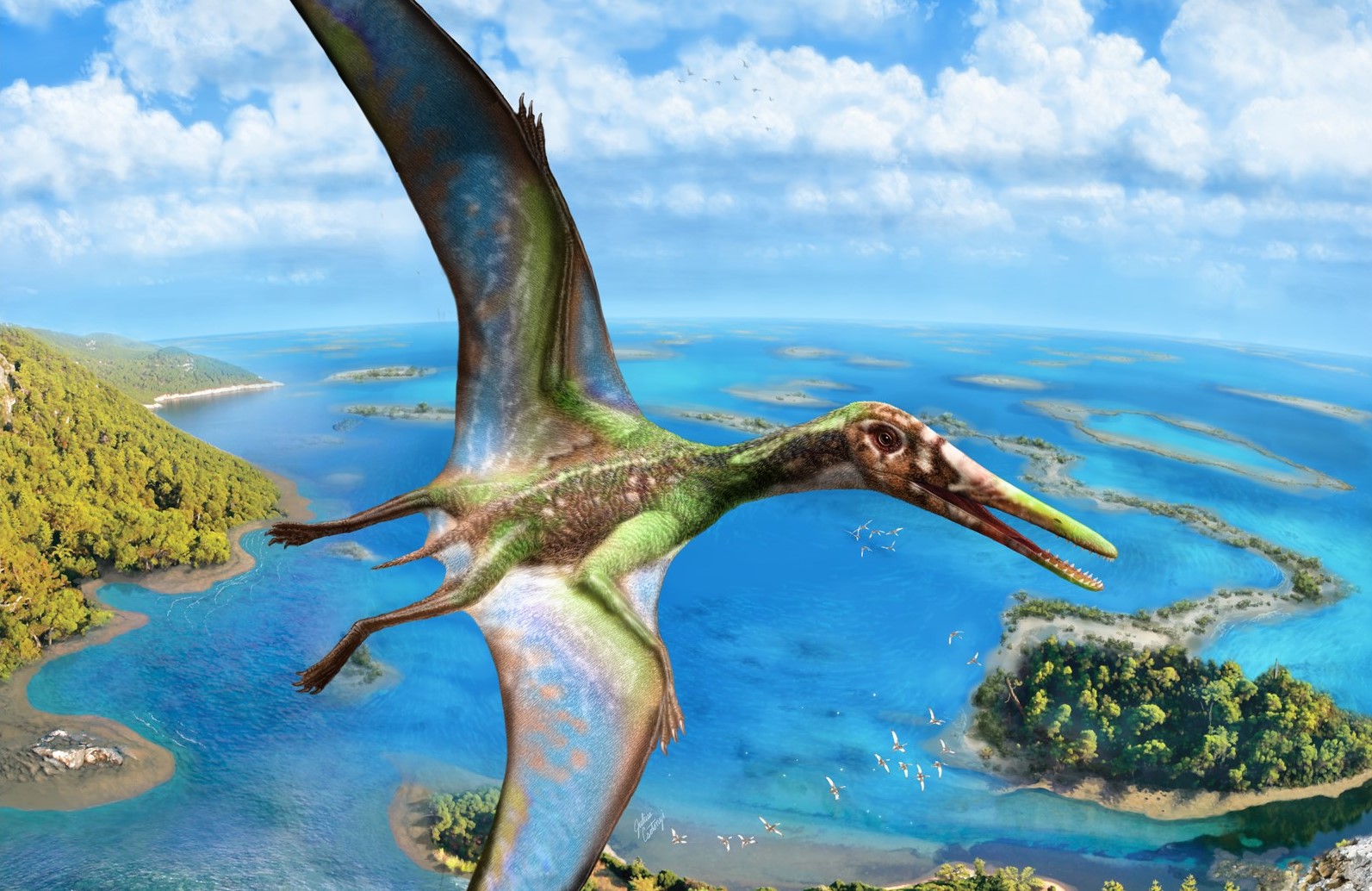
A CUHK palaeobiologist co-developed laser stimulated fluorescence imaging while pursuing how running dinosaurs evolved into flying birds. The technique revealed unseen fossilised tissues so well, it inspired a crossover to a completely different discipline, archaeology.
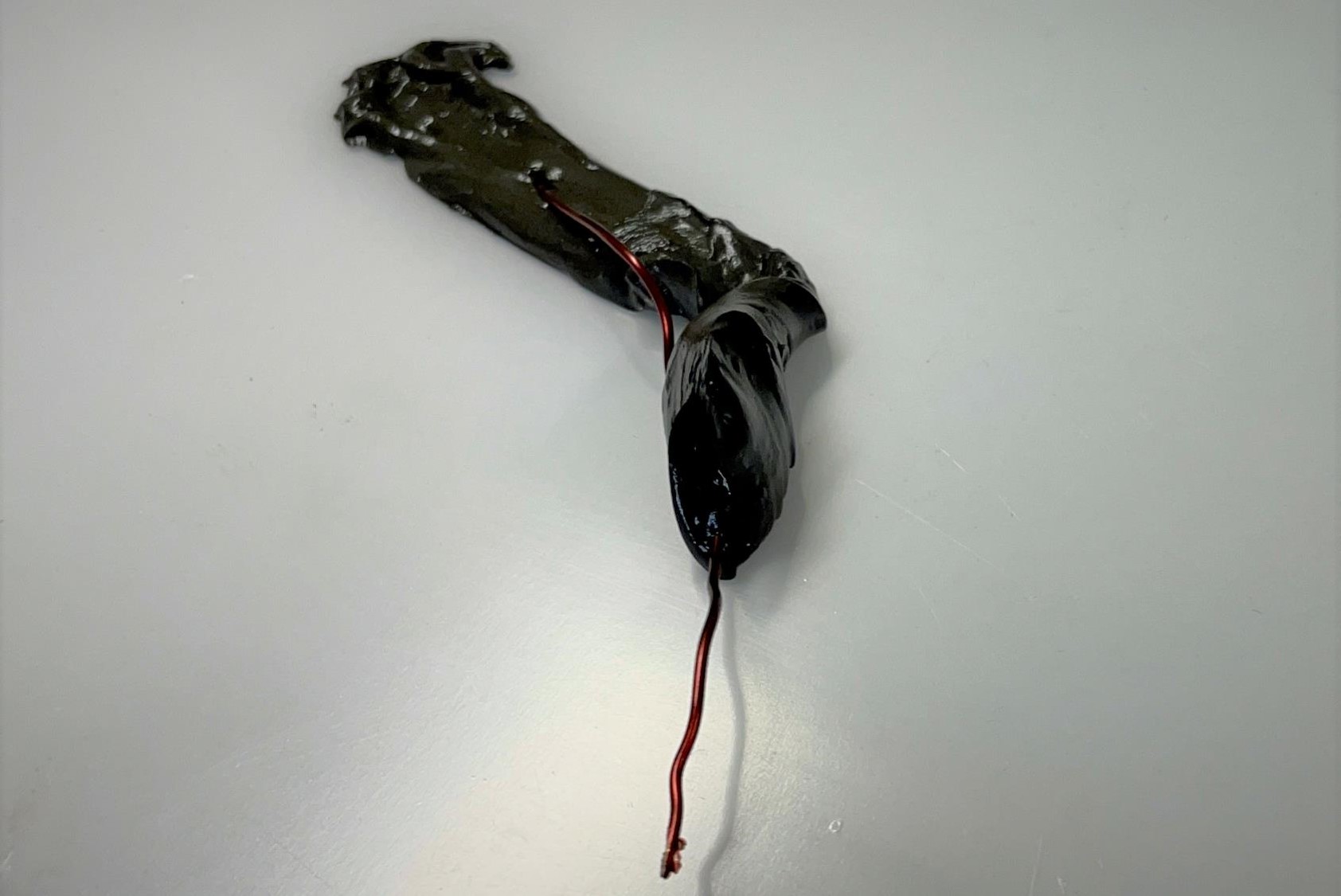
Is this Spiderman’s foe Venom in real life? Video of a slimy, mucus-like extraterrestrial creature has gone viral online. It could neither invade nor kill a human. It is in fact a soft miniature robot invented by CUHK Faculty of Engineering that performs medical tasks inside human body. This viscous robot behaves like an octopus to enclose and grasp small objects and moves through the narrows of the human digestive system under magnetic control. Now further tests are needed to ensure that the body will be absolutely protected, leading to human tests in five years.
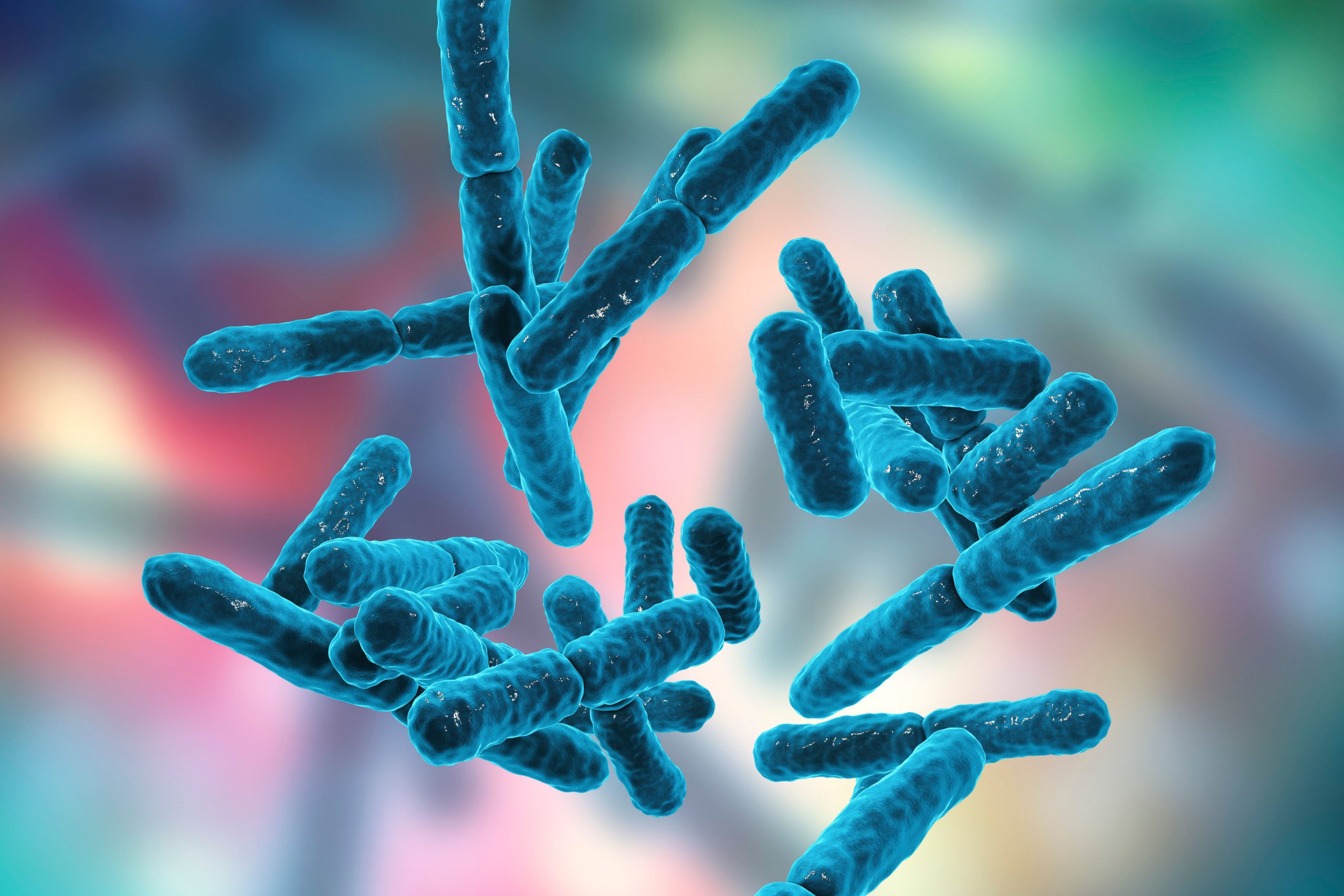
People who have recovered from a COVID-19 infection may suffer from poor memory, hair loss, difficulty in sleeping and other long-term consequences, which are commonly known as “long COVID”. CU Medicine has found that patients with long COVID have a less diverse gut microbiome, indicating that gut microbiome composition may be linked to the risk of developing long COVID, while gut microbiota modulation could facilitate timely recovery and reduce the burden of post-acute COVID-19 syndrome.
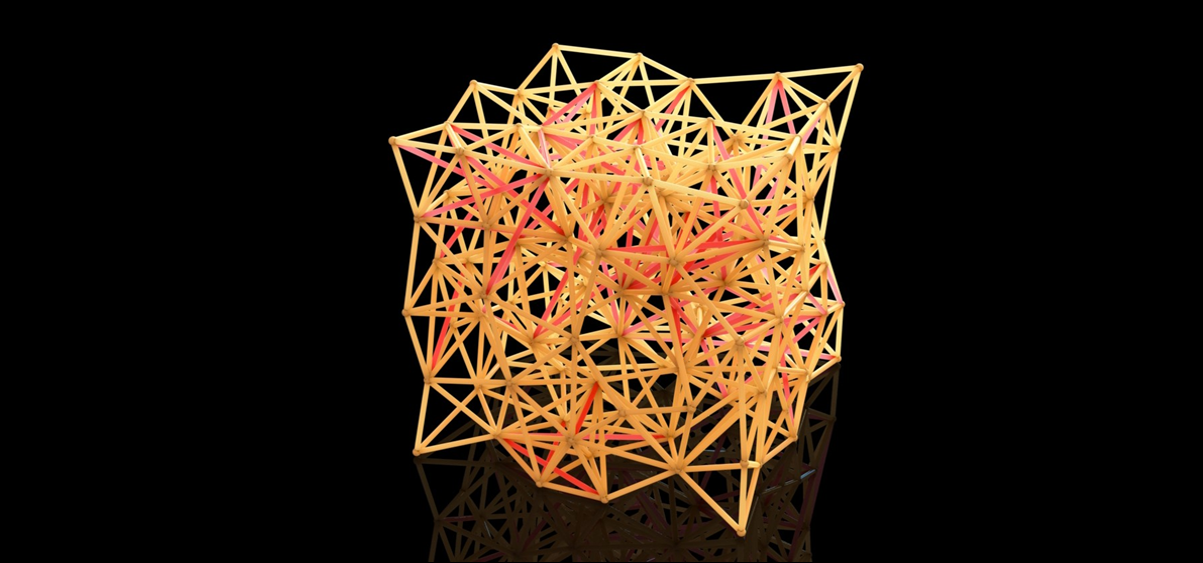
A material that can respond flexibly to external environment with freely adjustable properties of softness, hardness and size, shows promising potential for developing smart materials used in industrial or protective equipment. All this was once imaginary to many but it has been discovered by a CUHK physics team, using a unique network structure of packed particles to explore the topology of materials at the point of transition to elasticity.
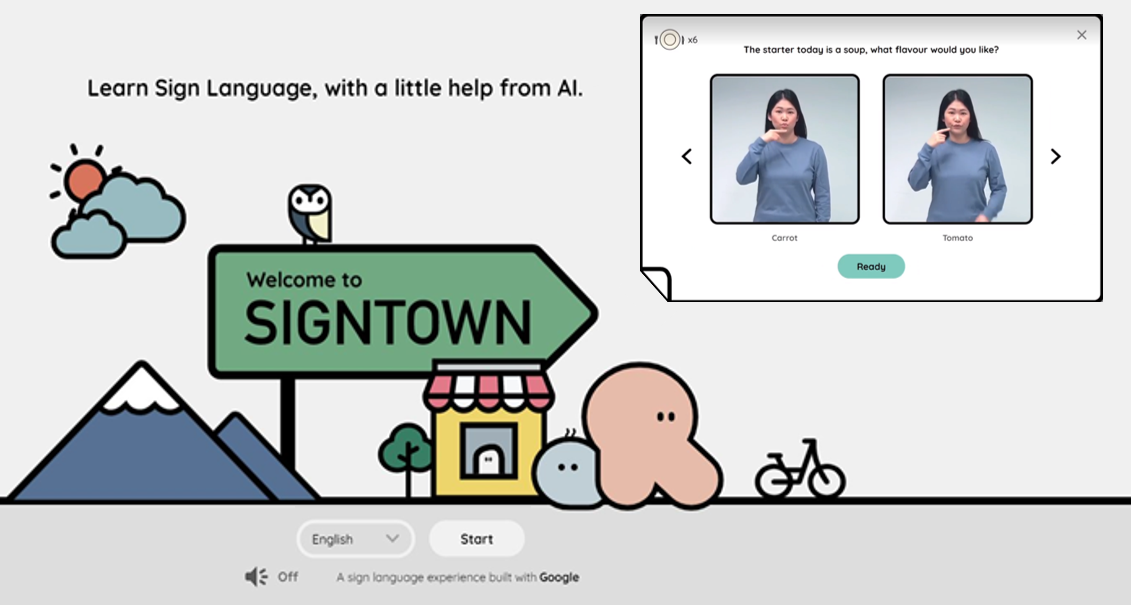
You might feel perplexed if you were to live in a town where you had to order coffee and buy clothes using sign language, especially when you know nothing about signing. This town might not exist in real life but it does virtually by a university research team which aims to promote sign language and social inclusion among the hearing and the deaf in a fun way. “SignTown”, an online AI assisted game launched by a team of CUHK sign language researchers and overseas partners, allows you to learn signs in a fictional town while completing daily tasks like a deaf person would, all simply in front of a camera.
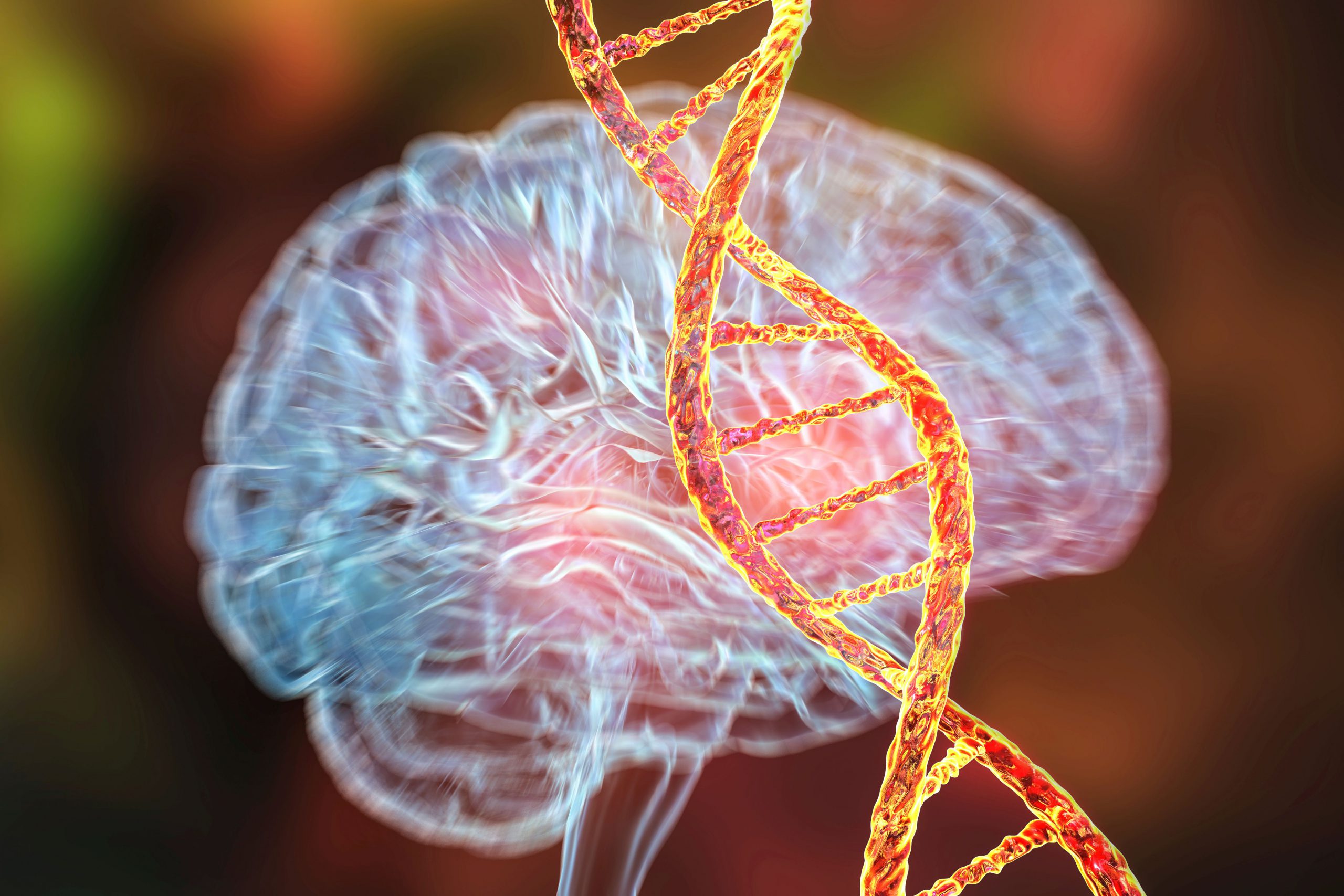
Professional dancers move with intention through rehearsed and controlled movements but there is a deadly genetic disorder, Huntington’s Disease, which forces the body into an uncontrolled unlovely dance from unpredictable muscle movements. Scientist from CUHK has worked a wonder in discovering a novel molecule compound potentially effective in treating the disease, by uncovering the culprit for the neuronal DNA damage.
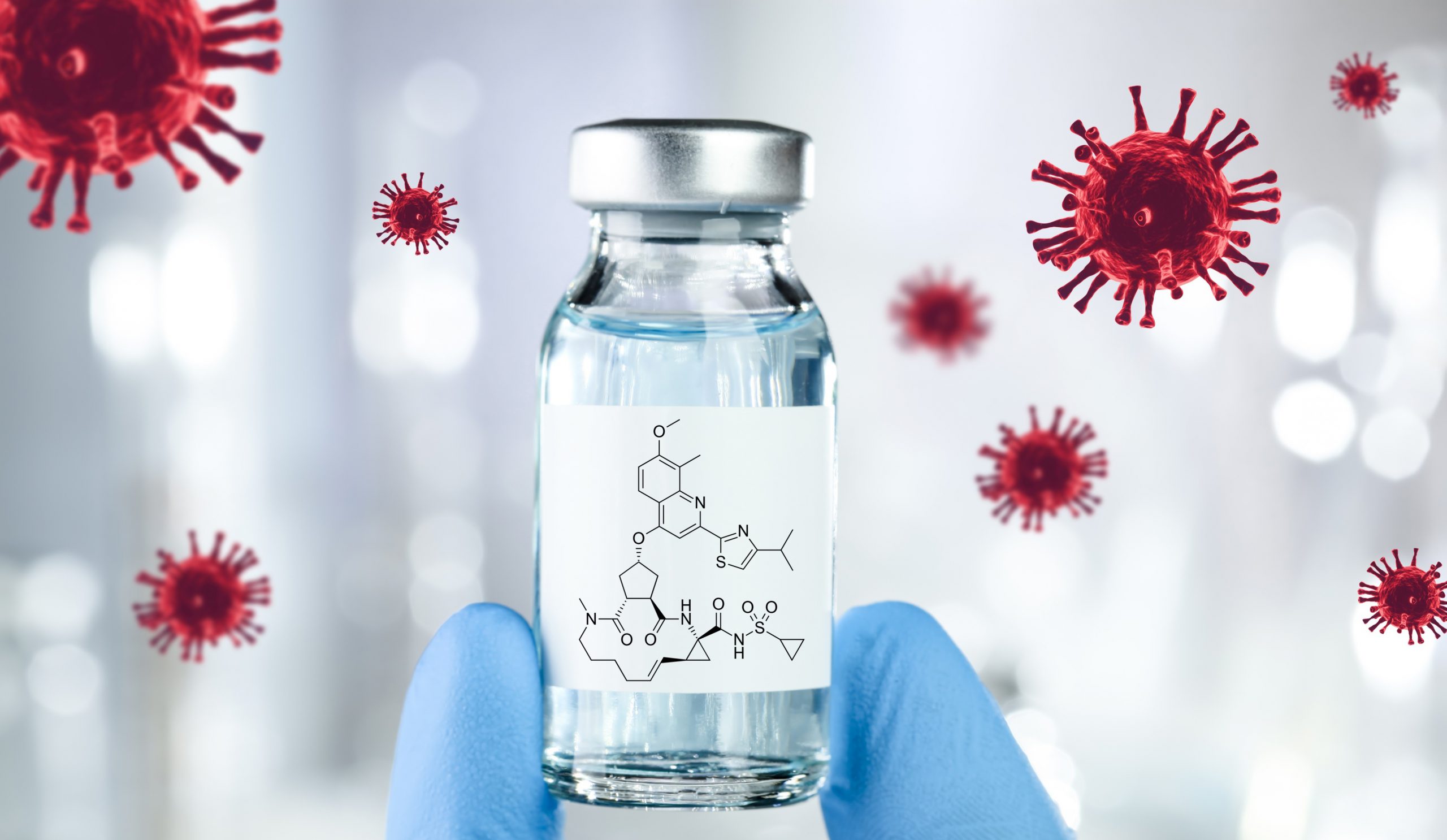
Simeprevir was a successful drug retired from the fight against the hepatitis C virus when new drugs and advanced treatment came into the field in recent years. An international research team led by CUHK and HKU seeking an effective drug molecule against COVID-19 has re-enlisted simeprevir as a potent treatment to suppress the replication of SARS-CoV-2.

A dedicated young professor has developed algorithms which compute out a pure maths theory into the real world. Computational Quasi-conformal geometry (CQC), which maps out images of human organs like the brain, can be used to accurately detect abnormalities. Doctors used to analyse medical images with their eyes, but now maths gives them an accurate, efficient picture in 3D.
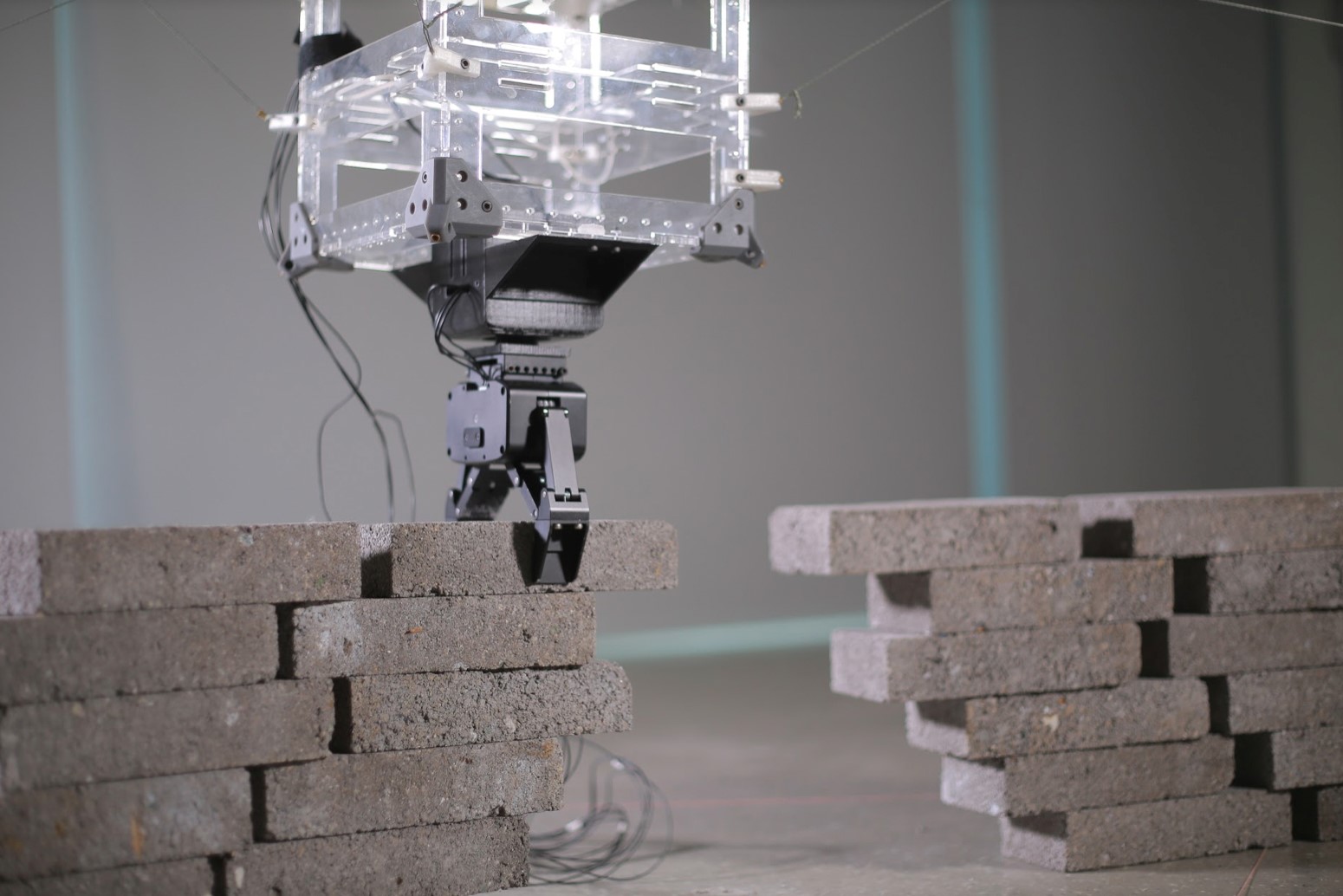
Architects always have an abundance of design ideas, yet in the real world, there are limitations such as workers’ techniques, time and building costs. A professor from CUHK shows how cable-driven robots transform non-standard and artistic designs into precise executions and eventually help realise the endless possibilities for design concepts.
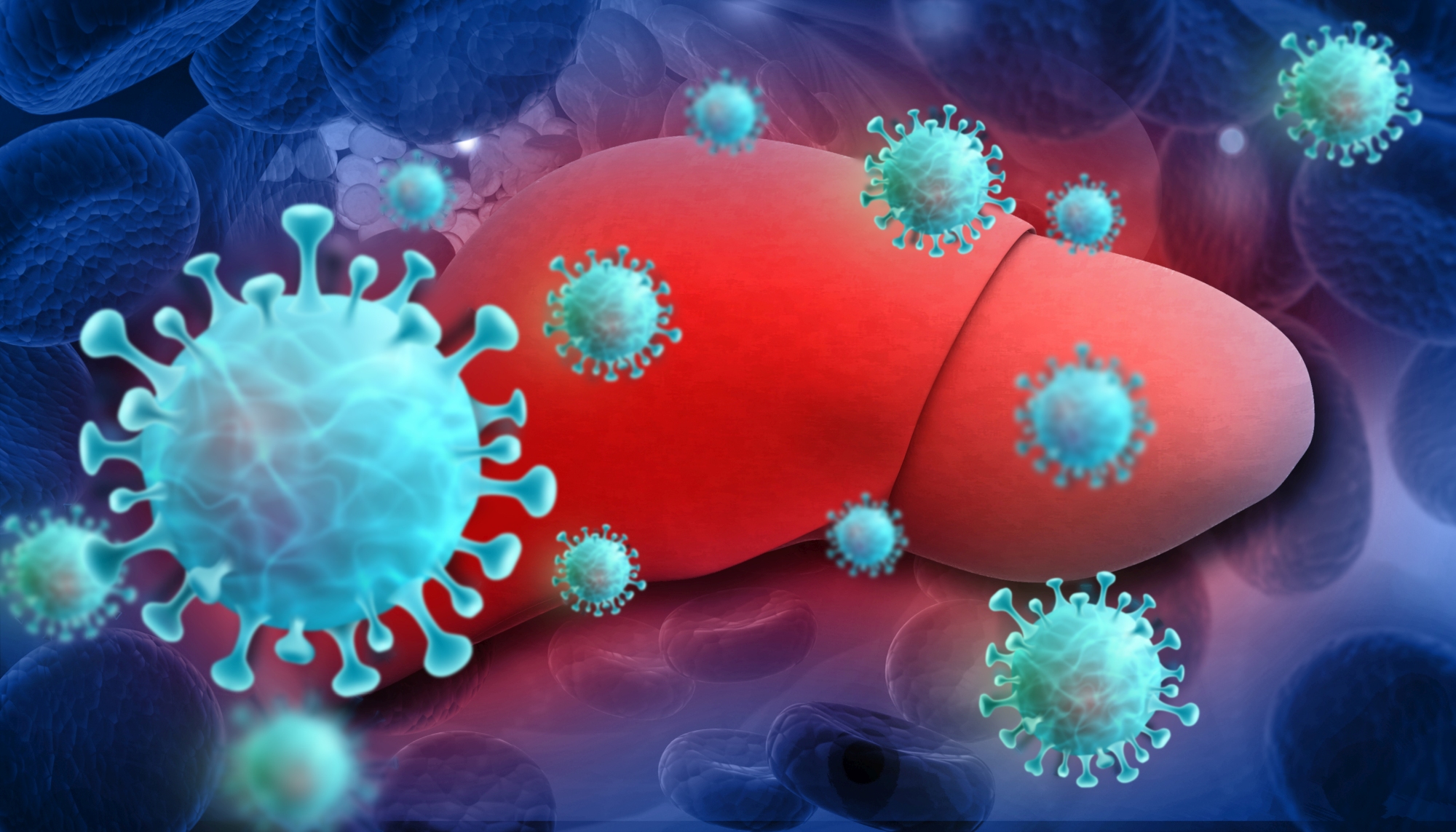
Not only old age and other chronic conditions let in COVID-19. Those with liver damage are revealed as vulnerable and face eight times the risk of experiencing intensive care, mechanical ventilation, or death. CU Medicine researchers led an international hepatologists group in a statement pushing for better clinical management of COVID-19 liver disease sufferers.
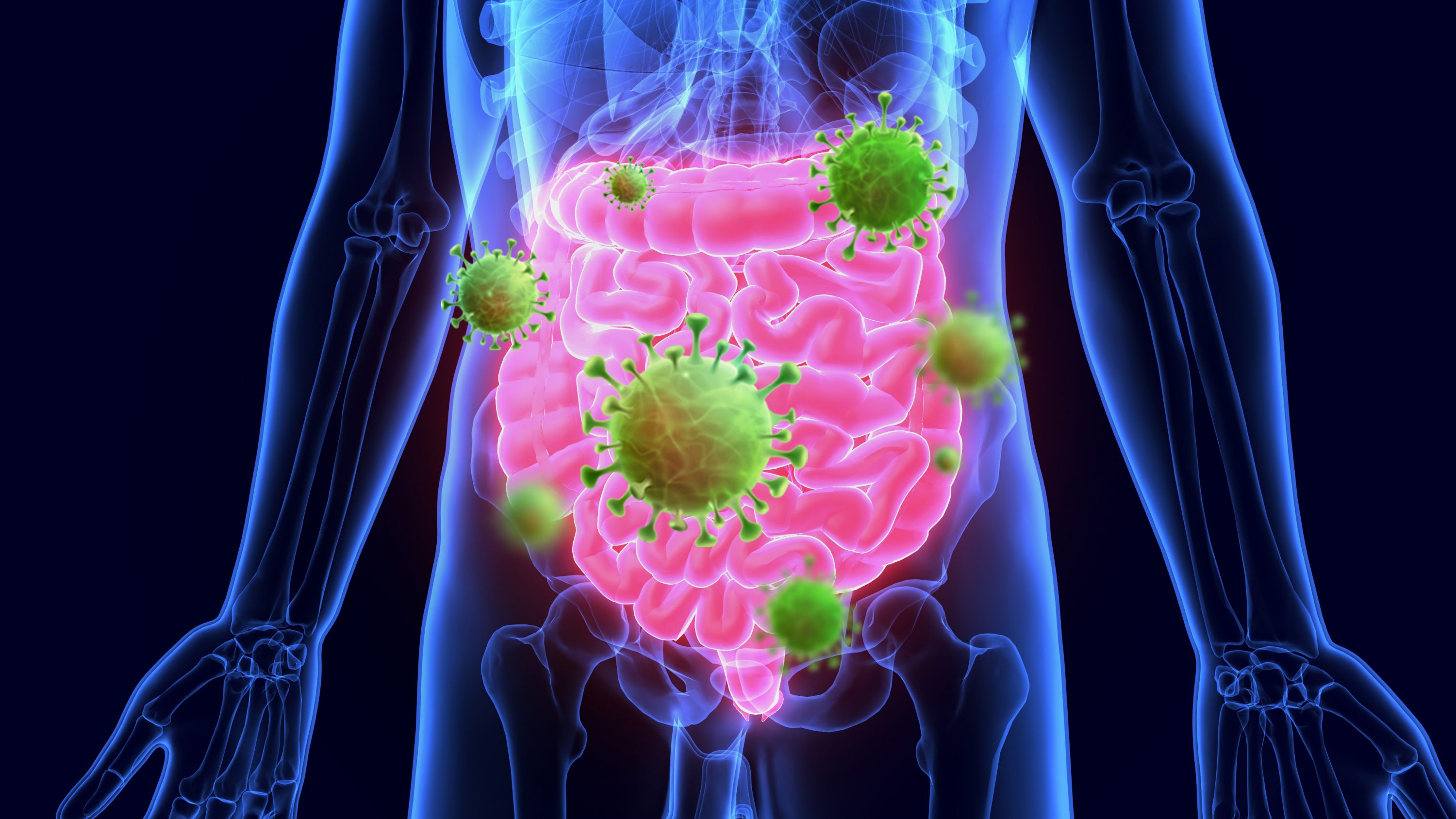
A university research team has found that lower levels of “good” bacteria and higher levels of “bad” bacteria in the gut of people with COVID-19 has made it harder for them to fight off the virus. The team has since developed a probiotic supplement based on this research to enhance the “good” bacteria thereby offering hope to boosting immunity against the virus in everyone who could be at risk.